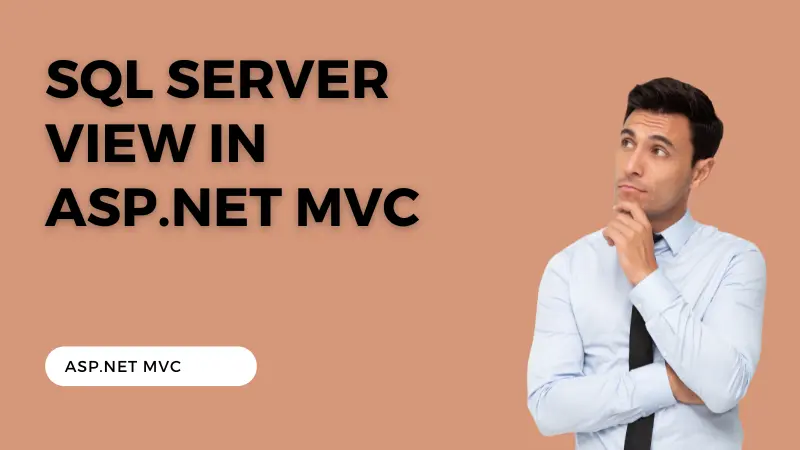Introduction
In today’s digital age, APIs have become an integral part of many software applications. An API, or Application Programming Interface, is a set of protocols, routines, and tools used for building software applications. APIs allow different software applications to communicate with each other, enabling data exchange and functionality sharing between them.
ASP.NET MVC is a powerful framework for building web applications, and it also provides support for consuming APIs. In this article, we will explore how to consume an API in an ASP.NET MVC application.
Steps to consume API in ASP.NET MVC:
Create a new ASP.NET MVC project:
Open Visual Studio and create a new ASP.NET MVC project. Choose a suitable template for your project.
Install the required packages:
We need to install some packages to consume APIs in our ASP.NET MVC application. In the NuGet Package Manager, install the following packages:
Newtonsoft.Json:
This package is used for parsing JSON data.
RestSharp:
This package is used for making HTTP requests to the API.
Create a Model class:
In our ASP.NET MVC application, we need to create a Model class that represents the data we are going to retrieve from the API. The Model class should have properties that correspond to the data elements we want to retrieve. For example, if we are retrieving data about books, our Model class could look like this:
public class Book
{
public string Title { get; set; }
public string Author { get; set; }
public string Publisher { get; set; }
public int Year { get; set; }
}
Create a Controller class:
In our ASP.NET MVC application, we need to create a Controller class that will handle the HTTP requests and responses. In the Controller class, we will make HTTP requests to the API using RestSharp, and parse the JSON data using Newtonsoft.Json. For example:
public class BooksController : Controller
{
public ActionResult Index()
{
var client = new RestClient("http://api.example.com");
var request = new RestRequest("books", Method.GET);
var response = client.Execute(request);
var content = response.Content;
var books = JsonConvert.DeserializeObject<List<Book>>(content);
return View(books);
}
}
In this example, we are making a GET request to the “books” endpoint of the API, and parsing the JSON data into a list of Book objects.
Create a View:
In our ASP.NET MVC application, we need to create a View that will display the data retrieved from the API. In the View, we can use Razor syntax to display the data. For example:
@model List<Book>
<table>
<thead>
<tr>
<th>Title</th>
<th>Author</th>
<th>Publisher</th>
<th>Year</th>
</tr>
</thead>
<tbody>
@foreach (var book in Model)
{
<tr>
<td>@book.Title</td>
<td>@book.Author</td>
<td>@book.Publisher</td>
<td>@book.Year</td>
</tr>
}
</tbody>
</table>
Conclusion
In this article, we have seen how to consume an API in an ASP.NET MVC application. We have learned how to create a Model class, a Controller class, and a View to display the data retrieved from the API. By following these steps, you can easily consume APIs in your ASP.NET MVC applications and take advantage of the data and functionality they provide.
